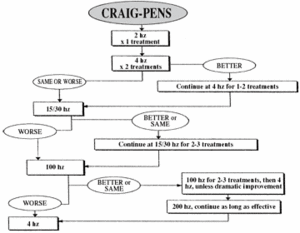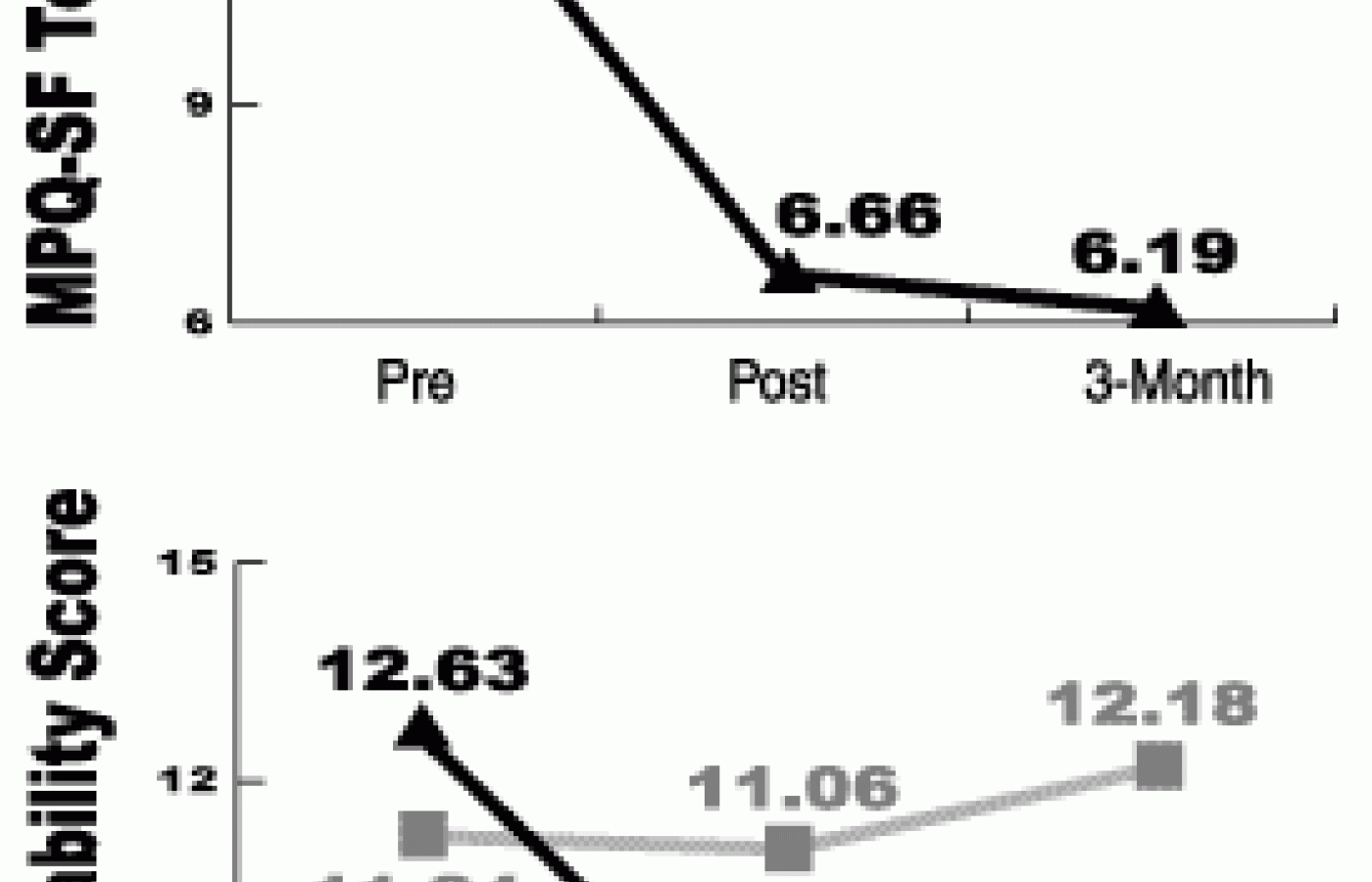Whether you accept it, avoid it or live somewhere in between, insurance coverage has become a defining issue for our profession. Patients increasingly expect to use their benefits, practitioners want to be compensated fairly for their time and expertise, and the system itself remains – at best – fragmented. The encouraging news is that coverage has expanded in meaningful ways. The challenging news is that reimbursement, across the board, remains inadequate.
Electroacupuncture Reduces Back Pain in Elderly Patients
Electroacupuncture Reduces Back Pain in EAs people age, the likelihood that they will suffer from back pain increases dramatically. While pain medications and anti-inflammatory drugs are often used by elderly patients as a form of pain relief, they do little to remedy the source of the pain, and often carry a wealth of unwanted side-effects.
As a result, many people have begun to pursue safer, non-pharmacological alternatives for pain relief. One of the most commonly used alternative therapies for the treatment of back pain is acupuncture. An offshoot of this is percutaneous electrical nerve stimulation (PENS), which utilizes acupuncture needles to deliver electric current and activate specific nerves in the body.
To determine the effectiveness of PENS in treating chronic low back pain, investigators from the University of Pittsburgh and the University of North Texas Health Science Center performed a series of physical and psychological tests on two groups of elderly back pain patients. The results of their study, which appeared in a recent issue of the Journal of the American Geriatrics Society,1 found that patients who undergoing a combination of PENS and physical therapy experienced greater pain relief and were less depressed than patients given physical therapy and a sham form of PENS.
A total of 34 patients (16 male, 18 female) were involved in the study. Each subject was at least 65 years of age and suffered from chronic back pain. More than half of the patients (19) reported using some type of analgesic for pain relief.
Patients were randomized to receive physical therapy along with real PENS or a sham treatment, following a technique used in a 1999 study on low back pain.2 In the real PENS group, a total of 10 32-gauge, stainlees-steel acupuncture needles were inserted at points on the lower back and buttocks, "at the appropriate dermatomal, myotomal and sclerotomal levels." The needles were connected to five bipolar leads, with each lead connected to one positive and one negative needle. Electrical stimulation occurred at frequencies ranging from 2 to 200 Hz, and the treatment varied based on a structured protocol. In the sham PENS group, patients received needles at the identical locations and depths as the PENS group, but no electrical stimulation was provided.
Treatment was delivered by a licensed acupuncturist trained in PENS. Sessions lasted 30 minutes for patients in both groups; patients were seen twice a week for a total of six weeks.

To determine the short- and long-term effectiveness of PENS on the patients, measurements were taken just prior to delivery of the first treatment, and at one week and three months after the final session. Pain intensity and disability were measured using the McGill Pain Questionnaire and the Roland-Morris Disability Scale, respectively. In addition, the patients underwent a battery of physical, mental and psychosocial tests.
Results
Analysis of the data found "statistically significant differences" between groups. Dramatic reductions in pain and disability were seen among patients who received physical therapy and real PENS; pain scores were reduced by nearly 50 percent at the end of the treatment sessions, and were even lower at the three-month followup. In comparison, patients in the sham PENS group reported a slight increase in pain once the treatment sessions were concluded.
Patients in the real PENS group experienced similar improvements on certain physical and psychosocial tests. For example, patients given real PENS felt more "in control" of their lives, were able to rise out of a chair more quickly, and could lift objects for a longer period of time, than sham PENS patients.
In one rather remarkable finding, real PENS patients also had lower depression scores than those in the sham PENS group, even though none of the patients in either group were clinically depressed or met the criteria for depression.
"The association between pain and clinical depression is well documented in the literature," the researchers observed. "... These study results further extend these findings by demonstrating in older adults without clinical depression that GDS (geriatric depression scale) scores can be lowered via treatment focused on analgesia." Not all of the tests revealed positive results, however. In some physical and cognitive tests, there was virtually no difference between those given real and sham PENS; in others, there was little to no change in function or ability. This was attributed to a "ceiling effect" in some instances, in which patients improve with treatment until they reach a plateau, at which point any increase in treatment is ineffective. In others, the physical therapy program - which emphasized flexibility and endurance, rather than strength - was cited as a factor.
The scientists also expressed concern that the placebo effect may have played a role in the results. Because the delivery of PENS involves a "clearly perceptible" electrical signal, some difficulty in randomizing subjects was noted. "However, the persistence of the treatment response across multiple parameters at three months of follow-up makes the role of the placebo effect less likely," they added.
Nevertheless, the researchers concluded that electroacupuncture holds great potential as a safe, cost-effective form of pain relief that produces few, if any, side-effects. They also recommended studies with larger patient bases and longer treatment follow-ups be conducted to determine the true effectiveness of electroacupuncture and similar therapies.
"The preliminary findings suggest that PENS is a promising treatment modality," the authors wrote, emphasizing the benefits shown in pain, disability, and other areas. "The improvement in these measures supports their inclusion as outcomes in future clinical trials on the effects of PENS on CLBP (chronic low back pain) in older adults."
"...Convincing data are needed to support the widesperead use and reimbursement for the implementation of these important treatment options. Only then will the array of credible pain treatment options be appropriately expanded and, therefore, will older adults be given the additional hope for pain relief they deserve."
References
- Weiner DK, Rudy TE, Glick RM, et al. Efficacy of percutaneous electrical nerve stimulation for the treatment of chronic low back pain in older adults. Journal of the American Geriatrics Society 2003;51:599-608.
- Ghoname EA, Craig WF, White PF, et al. Percutaneous electrical nerve stimulation for low back pain. A randomized, crossover study. Journal of the American Medical Association March 3, 1999;281(9):818-823.



